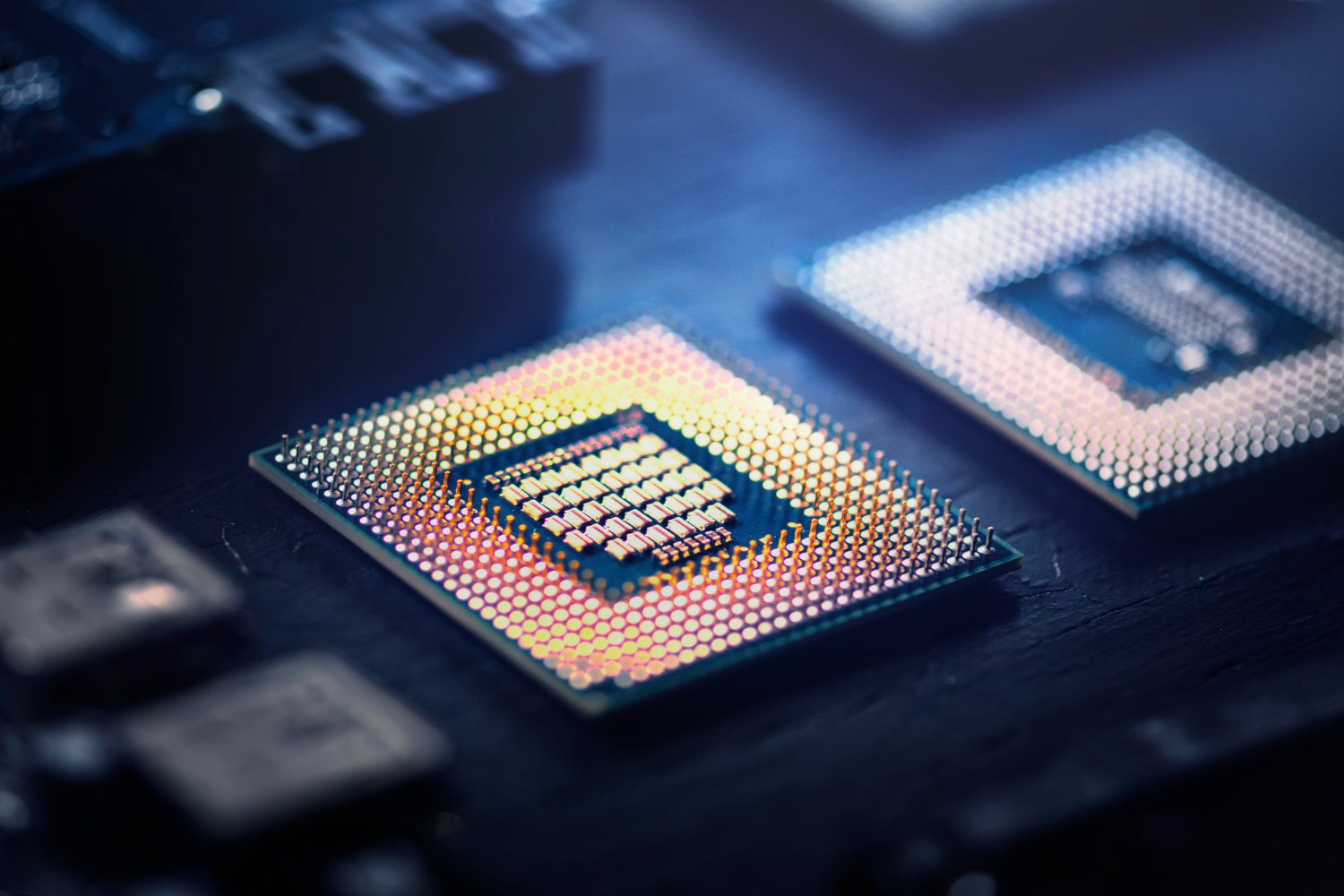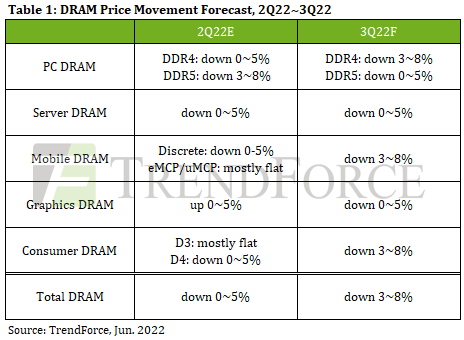 INFRA
INFRA
 INFRA
INFRA
 INFRA
INFRA
Prices of flash memory chips used in PCs, servers, smartphones, graphics processors and other devices are expected to decline for the remainder of this year, thanks to what TrendForce Corp. said is the impact of high inflation.
The Taiwanese research firm said today that dynamic random-access memory chip prices for commercial buyers are likely to fall by between 3% and 8% in the third quarter from the previous three months. It expects these reduced costs to be passed onto buyers, as DRAM buyers are struggling to stimulate demand for their end products.
With inflation rising almost everywhere in the world, one could be forgiven for thinking DRAM prices might go up. However, TrendForce said the inflation has had a negative impact on demand for consumer electronics, including personal computers and smartphones, as well as things like enterprise computer servers. So although some system vendors and distributors might be tempted to profit on the falling DRAM prices, the likelihood is they won’t be able to do so.
The problem is that weaker demand for electronics means DRAM inventories are building up at those system vendors and distributors. They won’t need to buy nearly as much DRAM as they have been doing, which is why prices are falling, TrendForce said.
In the PC market, TrendForce said Double Data Rate 4 Synchronous DRAM prices are likely to drop by 3% to 8% in the next three months, having fallen by less than 5% in the second quarter. Meanwhile, prices for Double Data Rate 5 Synchronous DRAM are expected to drop by up to 5%, having plummeted already by 3% to 8% in the previous quarter. TrendForce said that for now, PC makers are focusing on depleting their existing stockpiles of DRAM and therefore reluctant to buy much more.

It’s a similar story in the world of smartphone manufacturers, which have amassed similar stockpiles of DRAM chips. With sluggish sales growth in the market, especially for handsets with higher memory capacities, TrendForce believes DRAM prices here will fall by 3% to 8%.
Memory chips for servers will see a price drop of up to 5%, TrendForce said. In addition, memory that’s used for graphics processing units will see a similar price decline.
The main takeaway from all of this is that if system vendors and distributors pass on the lower costs to end buyers, the third quarter could be a very good time to snap up a load of servers, or upgrade a few high-end PCs, given that prices have already been dropping this year.
THANK YOU